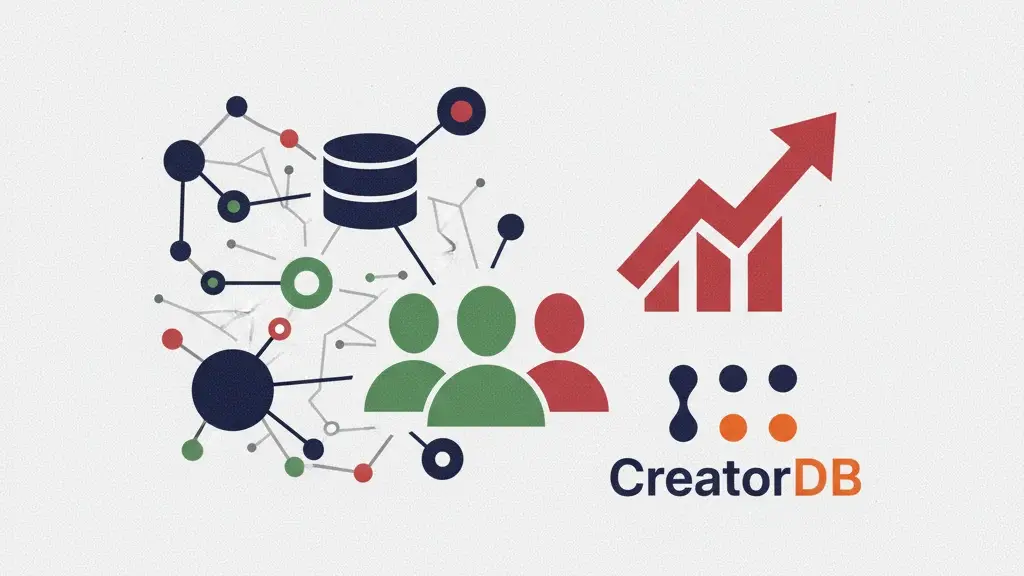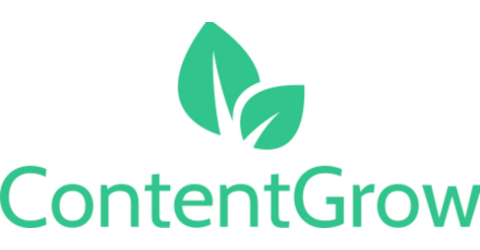
Influencer marketing is getting its Moneyball moment, and CreatorDB wants to lead it. The Taipei- and Los Angeles-based startup just closed a US$4.67 million Series A to scale its AI and data stack, launch self-serve software, and expand operations in the US.
This article explores the funding, why the company thinks the creator “middle class” is the growth engine brands overlook, and how marketers can translate the news into action.
CreatorDB’s pitch leans on two things marketers care about right now: cost-efficient reach with mid-tier creators and data-driven planning that travels across borders. The company says it was bootstrapped to profitability in 17 months and now manages an engine that ingests 7 billion data points daily across more than 10 million creators.
Short on time?
Here is a table of contents for quick access:
- Inside CreatorDB’s US$4.67M Series A
- From agency to SaaS: what CreatorDB is building next
- Stacking up against Upfluence, Traackr, and others
- Signals marketers should watch in influencer marketing
- Practical considerations for your 2025 playbook
- What this funding really tells us about the market
Inside CreatorDB’s US$4.67M Series A
CreatorDB raised US$4.67 million in an oversubscribed Series A led by Acorn Pacific Ventures, with participation from Pegatron, Meimaii Technology, AVA Ventures, and Taiwan’s National Development Fund. The company operates between Taipei and Los Angeles and plans to use the funds to strengthen AI capabilities, launch a self-serve SaaS platform, and grow US operations.
In an interview covered by Business Insider, CEO Clayton Jacobs argues that brands often get better ROI using a pool of medium-sized creators at the same price as a single large name. The deck frames this as a Moneyball-style reset for influencer marketing, backed by AI that handles content categorization, audience demographics, and pricing estimation.
The company highlights profitability, 56 percent growth with margin improvement, 115 percent plus net dollar retention, and patents granted with more in process around NLP and inference modeling.

From agency to SaaS: what CreatorDB is building next
CreatorDB runs an ecosystem that spans agency services, SaaS, a talent platform for creators, and a data/API layer that lets brands and other tools build on its database. The platform claims:
- 10 million plus creators tracked, 7 billion daily data points, and 800,000 plus profiles with direct contact information
- AI models for content categorization, brand collaborations, audience language and demographics, price estimation, and a recommendation engine
- A self-serve path with pricing starting from around US$100 to US$1,000 per month for brands, plus freemium for creators via CreatorLabs
The team also emphasizes cross-border execution. The deck points to a localized playbook across Japan, Korea, Taiwan, the US, and the EU, noting a multilingual team and APAC depth. Recent expansion includes a formal LA office and a US go-to-market push.
Stacking up against Upfluence, Traackr, and others
CreatorDB lists players like Mavrck, Upfluence, and Traackr in its competitive set. Its differentiator claims include:
- SME focus with the ability to scale as clients grow
- Strong APAC localization for Western brands entering Asia
- Broader access to creators by aggregating public data, rather than relying on opt-ins
- Analytics they say outperform traditional search for targeting and ROI measurement
How does the Series A stack up?
- ShopMy (US) raised US$77.5M in its Series B to expand creator monetization tools.
- AspireIQ (US) has raised about US$38M across rounds, positioning itself as an influencer marketing platform for enterprises.
- Traackr (US/EU) has raised ~US$14M in funding, leaning on enterprise-grade influencer analytics.
- Upfluence (France/US) has raised about US$3.6M, focusing on SaaS for influencer discovery and campaign management.
By comparison, CreatorDB’s US$4.67M Series A looks modest. But its early profitability, APAC expertise, and emphasis on data-first SaaS give it a differentiated angle versus peers that scaled faster but burn heavier.

Signals marketers should watch in influencer marketing
Several takeaways emerge from CreatorDB’s pitch and funding news.
- The creator middle class is gaining attention
CEO Clayton Jacobs argues that mid-tier creators can deliver stronger ROI than a single big name at the same price. For marketers, this highlights a trend worth watching as budgets shift from star power toward scalable creator portfolios.
- AI plus localization is becoming more important
CreatorDB’s focus on natural language processing and inference modeling speaks to a wider need: brands expanding across borders need tools that can adapt campaigns to language and audience nuances.
- Data depth is rising as a benchmark
Seven billion daily data points and extensive profiling show how high the bar is getting for influencer discovery and ROI tracking. Marketers who still rely on manual processes might find it harder to compete as platforms set new expectations.
Practical considerations for your 2025 playbook
While every brand will adapt differently, this funding round surfaces some approaches marketers might keep in mind:
- Experiment with creator mix
Some brands may want to test whether a larger group of mid-tier creators brings steadier returns compared with one or two celebrity endorsements.
- Look at localization data before expanding
For companies entering APAC or other new markets, using data-driven tools to validate audience fit could reduce risks of wasted spend.
- Pay attention to pricing benchmarks
CreatorDB’s pitch emphasizes price estimation models and ROI prediction. Even if teams don’t use this specific platform, setting internal benchmarks can help align campaign expectations.
- Stay mindful of brand safety
Greater access to more creators is useful, but it also means more diligence. Vetting for fraud and compliance remains a shared responsibility.

What this funding really tells us about the market
CreatorDB’s Series A may be modest compared to peers, but its profitability and emphasis on mid-tier creators give it a distinct angle. For marketers, the broader signal is that influencer marketing continues to professionalize, with AI-driven tools and cross-market execution rising in importance.
How brands put these insights into practice will vary, but the trend lines suggest growing opportunities for those willing to rethink creator mix and embrace more data in campaign planning.





Leave a Reply